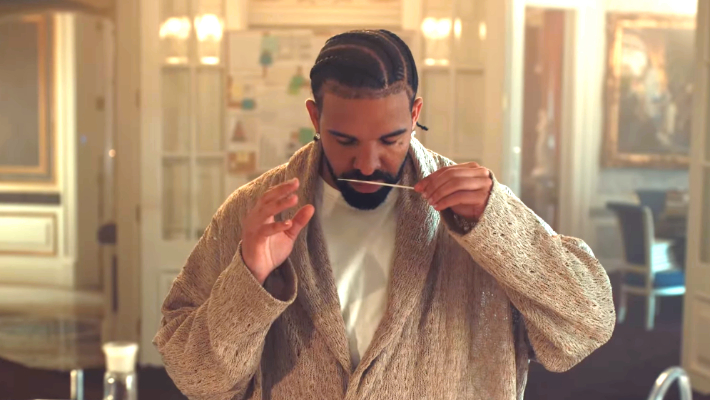Trump’s most absurd executive order yet
Trump is pretending that he has the power to issue a king-like proclamation condemning unidentified federal regulations as unlawful.

On April 9, President Trump issued an executive order titled “Directing the Repeal of Unlawful Regulations.” This document has mostly gone under the national radar, undoubtedly due to the ceaseless parade of headline illegalities pouring out of the White House. But the order’s legal and practical implications are massive.
Trump purports to rely on a series of Supreme Court rulings to justify ordering agencies to identify and “begin plans to repeal” what he calls “unlawful” regulations that are “often promulgated in reliance on now-superseded Supreme Court decisions.” In short, he claims that any regulations that were put in place before the court issued rulings in a series of controversial cases are now automatically unlawful and must go.
The myriad constitutional problems with this maneuver strike at the heart of the separation of powers. The order is also in line with the Republican Party’s pro-corporate “deregulation” agenda, which prominently began with President Ronald Reagan in 1981.
Given the complexities of our system of government and its reliance on checks and balances and compromise, that agenda could not be fully achieved through lawful means. Then came Trump.
For starters, the federal courts — not the president — have the authority under Article III of the Constitution to decide cases involving questions of federal law, including whether recent Supreme Court decisions undermine the legality of an existing federal regulation. Trump is pretending he has the power to issue a king-like proclamation condemning unidentified federal regulations as unlawful. Not so. He is not a federal judge.
Moreover, Trump’s order baldly impedes on the authority of the legislative branch. Regulations are created pursuant to statutes, which fall within the province of Congress. Although regulations function like statutes, the Supreme Court has long upheld agencies’ power to enact regulations that function like statutes on the theory that the agencies themselves are creatures of Congress.
So long as Congress includes an “intelligible principle” guiding how agencies promulgate regulations, the court has concluded that it can give that power to agencies, even though they are housed within the executive branch, which is headed by the president. Because Congress creates agencies and sometimes gives them the power to enact regulations, the legislature has the exclusive power to enact statutes that override those regulations, as well. Trump does not.
A final option for repealing final regulations (which number 3,000 to 4,000 per year) is for agencies themselves to do it. Congress has given agencies a list of procedures they must follow for enacting or repealing regulations. Those procedures are contained in a statute called the Administrative Procedure Act.
Enacting or repealing regulations with the force of law (i.e., the ones that function like statutes) is laborious, requiring the agencies to give notice to and get input from the public, among other hurdles. A decision to enact or repeal regulations is also subject to legal challenges under the Administrative Procedure Act. (See point above about the exclusive role of the courts here.)
So, for Trump to lawfully repeal what he deems “unlawful regulations,” he must either go through Congress or invoke the Administrative Procedure Act’s time-consuming process for repeal. If he chooses that latter route, he must then defend those repeals in the courts, which can take years to resolve. And if he doesn’t like the tedium of the Administrative Procedure Act, which has been in place since 1946, he must persuade Congress to repeal or amend it. No Congress has been willing to do this in nearly 80 years, except to enhance executive accountability, as with the 1966 Freedom of Information Act.
Trump’s cynical team of lawyers offers a fig leaf of legal justification for this obnoxious turn of events. The “good cause” exception to the Administrative Procedure Act’s notice-and-comment process for repealing a regulation. The law basically says that a “good cause” shortcut is permissible if “the agency for good cause finds” that compliance with the notice-and-comment process would be “impracticable, unnecessary, or contrary to the public interest.”
Congress included this language mostly for emergencies — if there is a national health crisis involving imported chicken, for example, the Department of Agriculture might decide to invoke the good-cause exception to put rules on the books in a pinch, on the theory that waiting for the full process to play out would put public health at risk. But even if that’s the case, agencies usually conduct full rulemakings after the fact in order to make sure that the regulations hit the right mark. Trump’s executive order promises no such thing.
To justify the good-cause exception, Trump’s order asserts that “retaining and enforcing facially unlawful regulations is clearly contrary to the public interest.” But this circular reasoning virtually obliterates Congress’s careful process for rulemaking altogether. If a president can just declare regulations unlawful, then the good-cause exception can simply swallow up the Administrative Procedure Act’s bigger requirements for notice and comment. There is no way Congress intended such a self-defeating result.
What about Trump’s power to issue executive orders — doesn’t that give him the authority to do this? The Constitution says nothing about executive orders. Article II instead gives the president the “executive power” and mandates that he “take care that the Laws be faithfully executed.” Trump’s order declaring the repeal of “unlawful” regulations attempts to erase actual laws by presidential fiat. The Supreme Court has long made clear, however, that presidents cannot use executive orders to override or contradict legislation enacted by Congress.
Presidents are not kings. They do not act by edict. Legally, they can only act pursuant to constitutional and statutory law. Trump’s action does neither.
For now, it will be up to Trump’s loyal Cabinet — and whatever career federal employees still remain — to enact his edict by “repealing” regulations that evince something on the list of disfavored features contained in the executive order. The courts will be asked to step in, and some will strike down the administration’s actions. The Supreme Court justices may or may not back their colleagues on the lower courts, and Trump may or may not abide by those rulings.
But in the meantime, Congress — and the country — must stop treating this as normal.
Kimberly Wehle is author of the book “Pardon Power: How the Pardon System Works — and Why.”
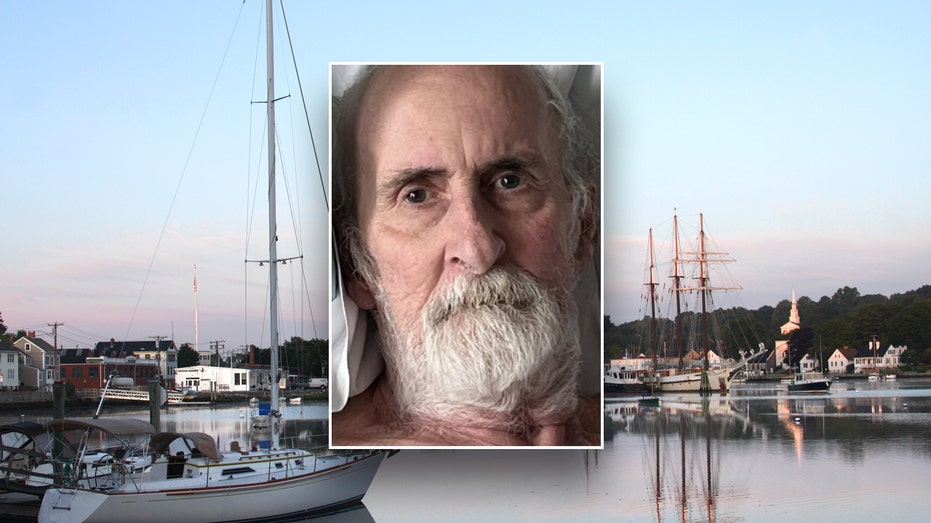
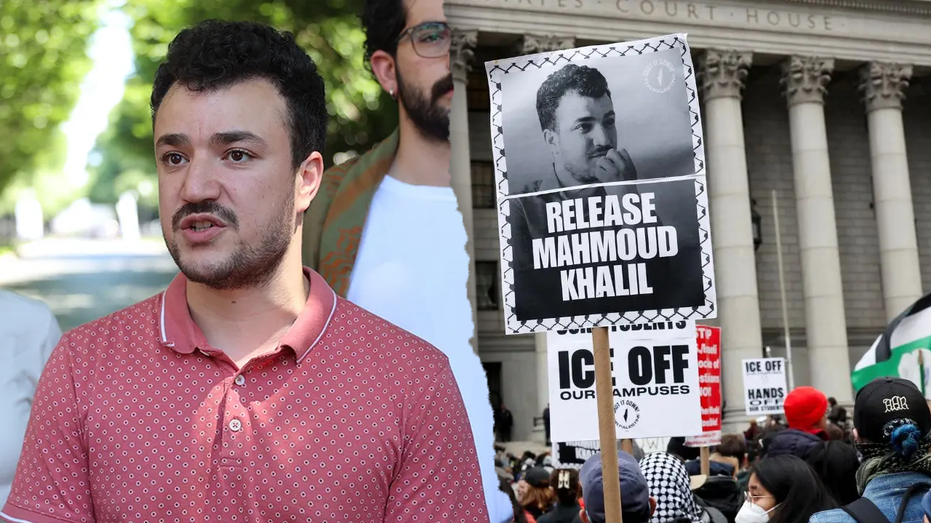
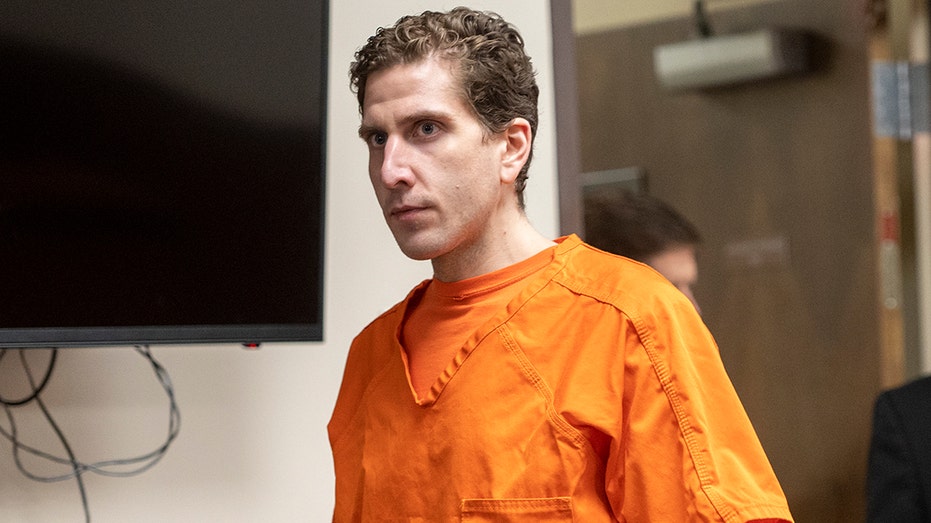
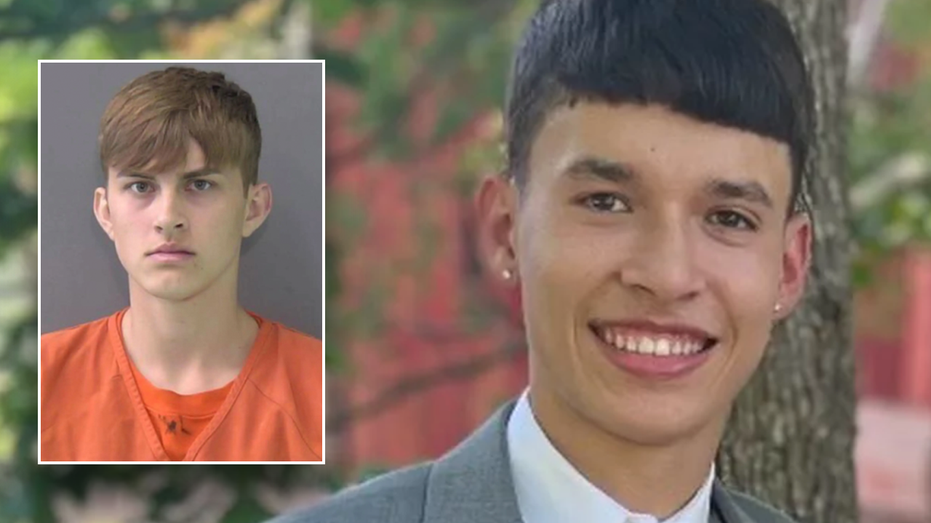






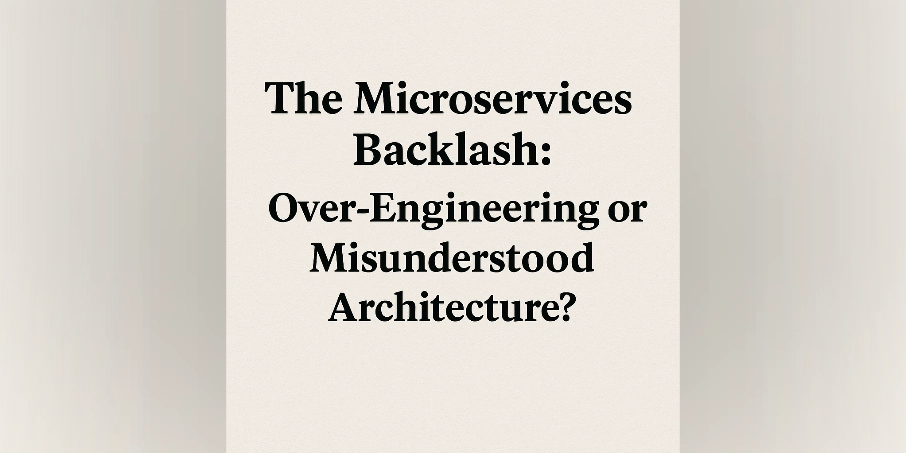
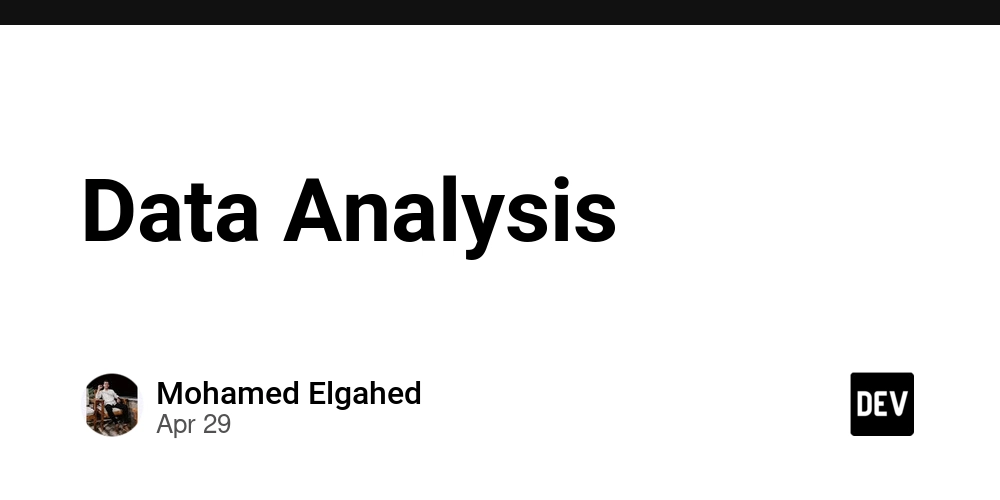
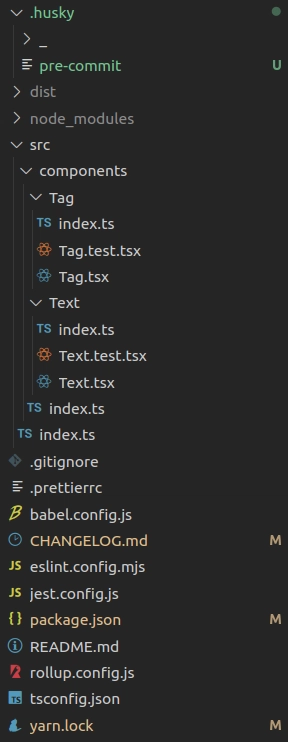








.jpg?#)
































